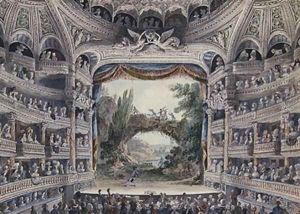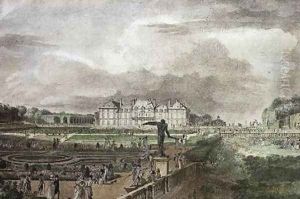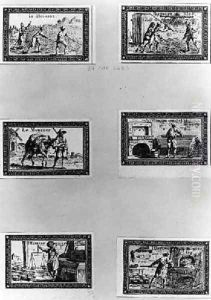Meunier Paintings
Constantin Meunier was a Belgian painter and sculptor who is best known for his powerful depictions of industrial workers and their labor. Born on April 12, 1831, in the city of Etterbeek, he began his artistic education at the Académie Royale des Beaux-Arts in Brussels. Initially, Meunier started his career as a painter and was influenced by the Realist movement, which emphasized the honest and unidealized portrayal of everyday life.
His early works were primarily religious paintings, history pieces, and portraits. However, it wasn't until the 1880s that Meunier discovered the theme that would define his career: the life of the industrial worker. This shift in focus was partly due to his visit to the Borinage, a mining region in Belgium, where he was deeply moved by the harsh conditions that the miners endured. This experience transformed his artistic vision, and he began to create works that empathized with the workers and highlighted the dignity of human labor.
As he shifted towards sculpture, Meunier developed a robust and realistic style, portraying his subjects with a sense of heroism and monumentality. His sculptures often featured laborers, foundry workers, and miners, and he used his art to bring attention to the social issues of his time. Notable works include 'The Hammerman' (1886) and 'The Miner' (1889), which are celebrated for their raw emotive power and their embodiment of the industrial age.
Meunier's contribution to Belgian art was significant, and he became a central figure in the development of social realism. He was a member of various artistic circles and collaborated with other artists and intellectuals who shared his concern for social issues. In addition to his sculptures and paintings, he created numerous public monuments that still stand today as a testament to his dedication to the working class.
Constantin Meunier died on April 4, 1905, in Ixelles, Belgium. His legacy lives on, and his works are considered an essential part of Belgium's cultural heritage. They can be found in museums across Belgium and the world, serving as a reminder of the industrial era and the human spirit that persevered through it.


